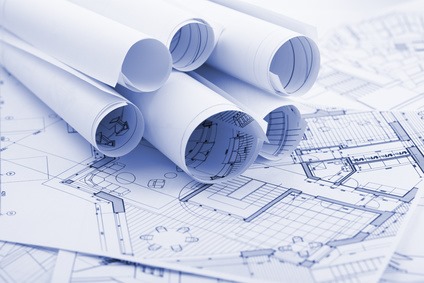News Letter

Before the invention of CAD or engineering papers, the life of mechanical engineers wasn’t easy. They used to make complex drawings and calculations by hand. But today, with the introduction of the CAD (Computer-Aided-Design) software and CAD bond papers, engineers can complete their projects faster and with higher levels of accuracy.
But often, engineers are confused between coated and uncoated papers. The main difference between the two lies in their manufacturing procedures and the purposes they serve. In this article, we will discuss the benefits of each and which you should choose.
As the name suggests, coated bond paper comes with a coating on top, which is typically clay, and hence, they are, in a way, “sealed”. Therefore, coated bond papers like 24 lb are designed to restrict the amount of ink going inside the paper fibers.
Instead, the ink is allowed to sit on top of the surface as a crisp and defined dot. As a result, you get a nicer and more vibrant print on a coated bond paper.
Coated bond papers are ideal for color maps, inkjet-printed color renderings, photographs, etc., since this kind of paper is chemically treated to make the output look brighter and crisper.
Uncoated bond papers do not have this extra layer of coating and hence, are quite inexpensive. Without this costing, these types of bond papers are more porous and allow the ink to seep through and get absorbed into the paper fibers, thus acting like a sponge. Hence, the print output usually has a warmer and softer appearance.
You can easily distinguish uncoated papers from coated ones by their texture and appearance. The former falls under the opaque and offset categories, while the latter can range from gloss, silk, dull to matte finishes. Also, uncoated papers are not so smooth to touch.
The typical uses of uncoated bond papers are found in CAD/Engineering, engineering copiers, monochromatic plotters, and graphite drawings, mostly because they are quite affordable, and one can throw or recycle them once the project is accomplished. Moreover, uncoated bond papers generally dry faster than coated ones.
Considering the aesthetics of both, coated papers are a winner for offering an excellent crisper and more vibrant canvas. On the other hand, uncoated papers have a warmer appearance and have greater tactility, which can provide a sense of responsibility, authenticity, and trust. Uncoated papers can also render 3D quality images, which is excellent for fine art, home furnishings, featuring textiles, etc.
In terms of functionality, coated papers are good for holding ink, including both metallic inks and heavy solid colors. However, one drawback of coated bond papers is that you cannot write on them easily with a pen.
However, coated papers are often the “better” option, even though they are priced slightly higher than uncoated ones. So, if you are wondering which to choose, we would say that it depends on your specific needs. While uncoated papers are more suitable for daily usage, coated ones are used for having a more refined and prestigious look.
Further, there are other kinds of papers, too, that engineers may find useful, including the premium coated 36 lb plotter papers, which are usually water-resistant and are good for mapping. Another type of commonly used paper is photo paper, which can be used for “technical plotter/printers” and is ideal for presentations and printing vector graphics.
